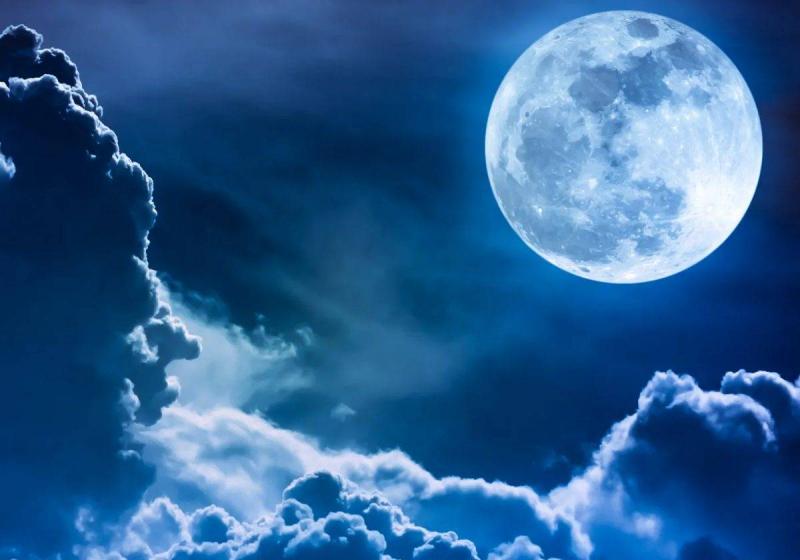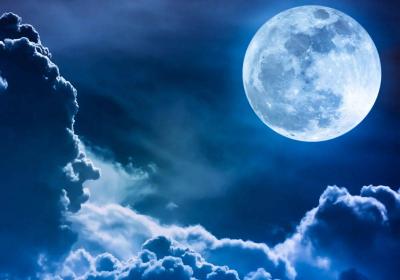In the month of August, the Earth will witness the appearance of what is known as a "blue moon," a phenomenon that occurs approximately every two to three years. The blue moon has two meanings in relation to lunar phenomena, neither of which is related to color. The first meaning is that the moon appears full 13 times in a year instead of the usual 12. The second refers to its brightness and larger-than-normal appearance, which is referred to as a supermoon.
A full moon (the harvest moon) typically appears once a month, meaning there are 12 full moons in a year according to the lunar calendar. The full moon occurs approximately every 29.5 days, while the months in the current calendar are either 29 or 30 days, roughly corresponding to the lunar cycle. Some days are added to certain months to complete the twelve months collectively forming a full solar year of 365 days. Due to the fact that the current calendar does not perfectly align with the phases of the moon, a full moon may sometimes occur more than once in a month, and this phenomenon is called a blue moon, resulting in 13 full moons in a solar year instead of 12.




